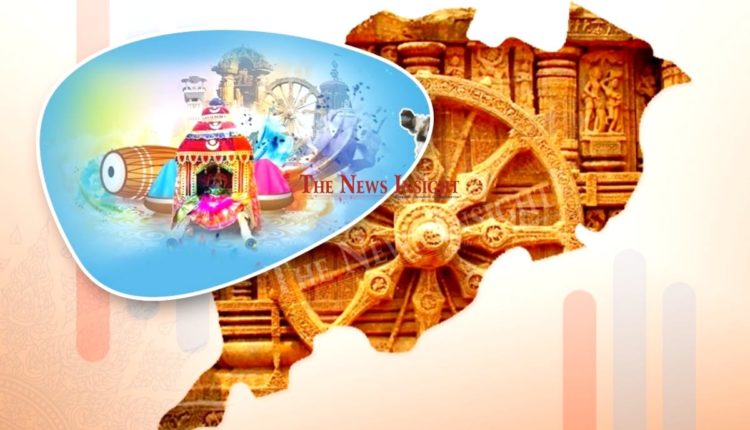Celebrating Utkala Dibasa; Remembering our Legends
The saga of "Utkal" is an unending novel with pages filled with pride and honor.
Insight Bureau: “Odisha” the land of heritage, tradition and culture and with a rich history of freedom fighters, legendary souls make it a perfect example of an idol State. The saga of “Utkal” is an unending novel with pages filled with pride and honor.
On Utkal Divas-2022, let us not forget about the makers of Modern Odisha who worked tirelessly for the formation of a separate State.
Utkal Divas is celebrated to remember the historical event in 1936 when Odisha became a separate province from Bengal and Bihar.
Into the History
The revocation of Bengal’s Partition and the incorporation of the Sambalpur tract into Bengal province increased its size. The Viceroy, Lord Hardinge, proposed the separation of the Hindi and Odia areas from Bengal. In 1912, Bihar absorbed the Odisha Division and formed Bihar-Odisha Province, while Ganjam and Vizianagaram Agency remained under Madras. The Odias resented ‘the birth of the twins,’ Bihar and Odisha. Curzon objected to the decision in the House of Lords, but the Indian government was deaf to all protests.
Utkal Sammilani
Between 1903 and 1920, the Utkal Sammilani passed numerous resolutions, the most significant of which was the amalgamation of Odia speaking territories. However, it became extremely active following Madhusudan Das’s emergence. He was the Conference’s animating and dynamic spirit. Bihar-Odisha province’s establishment has been described as a ‘political earthquake’ for the Odias. Madhusudan Das brought the matter to the attention of the Government.
Support Independent Journalism? Keep us live.
Establishment of Odisha
The Government of India established an administrative committee chaired by Sir John Austin Hubback and comprised of eight members, including Madhusudan Das and V. Ramaswamy as Secretary, to consider and make recommendations on the location of the province’s headquarters, the cost of office and official space, and Odisha’s affiliation with the High Court and University, as well as the cadre of officials. The Committee’s Report was published on 20 December 1933. It recommended that Cuttack serve as the capital and Puri as the summer headquarters of the new province, that Odisha have a High Court but no university, a joint official cadre with Bihar, a new district of Koraput, two new sub-divisions of Nawapara and Gunupur, and the division of Angul into two parts administered by Ganjam and Cuttack collectors, respectively.
Thus, in response to the Joint Select Committee’s report, the Government of India Act, 1935 included a provision for the establishment of the new state of Odisha. The province was inaugurated on 1 April 1936, according to His Majesty, the King Emperor’s Order-in-Council dated 3 March 1936. On the same day, Sir John Hubback was sworn in as Odisha’s first Governor. Though shortened, the new province signalled the end of an era of dismemberment and the start of a period of consolidation and accomplishments in the future.
From ‘Orissa’ to ‘Odisha’
Once India got its Independence, Orissa became a constituent state in the Union of India in 1950.
The state was originally called Orissa. The state’s name was changed from Orissa to Odisha on 24 March, 2011, after Rajya Sabha, the upper house of Parliament, gave its nod to the Orissa (Alteration of Name) Bill, 2010 and the Constitution (113th Amendment) Bill. The Lok Sabha, the lower house, had passed the bill and the amendment to change the name of the state from Orissa to Odisha, and that of its language from Oriya to Odia, on November 9, 2010.
The formation of Odisha would not have been possible without the tireless efforts of Utkala Gourab Madhusudan Das, Utkalmani Gopabandhu Das, Maharaja Shri Krushna Chandra Gajapati, Maharaja Shri Ram Chandra Bhanj deo, Fakir Mohan Senapati, Gangadhar Meher, Radhanatha Ray and many others.
On the eve of Utkal Divas, every Odia remembers the sacrifice and deeds of our legends and pay tribute to them.


Comments are closed.